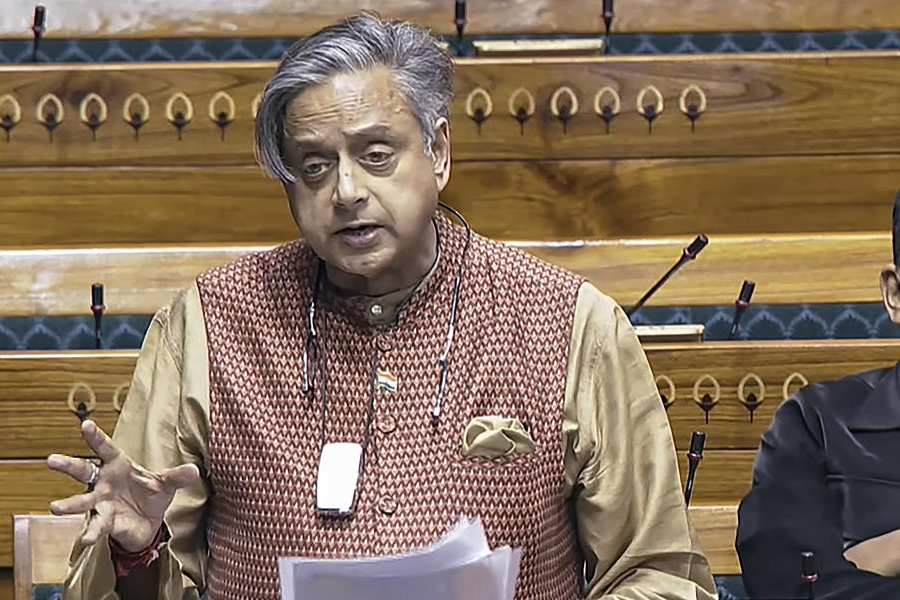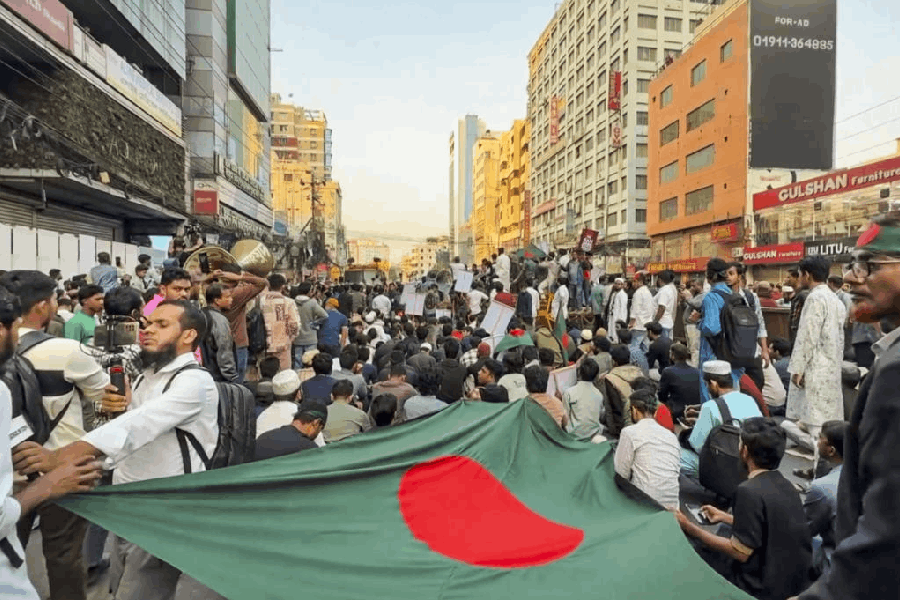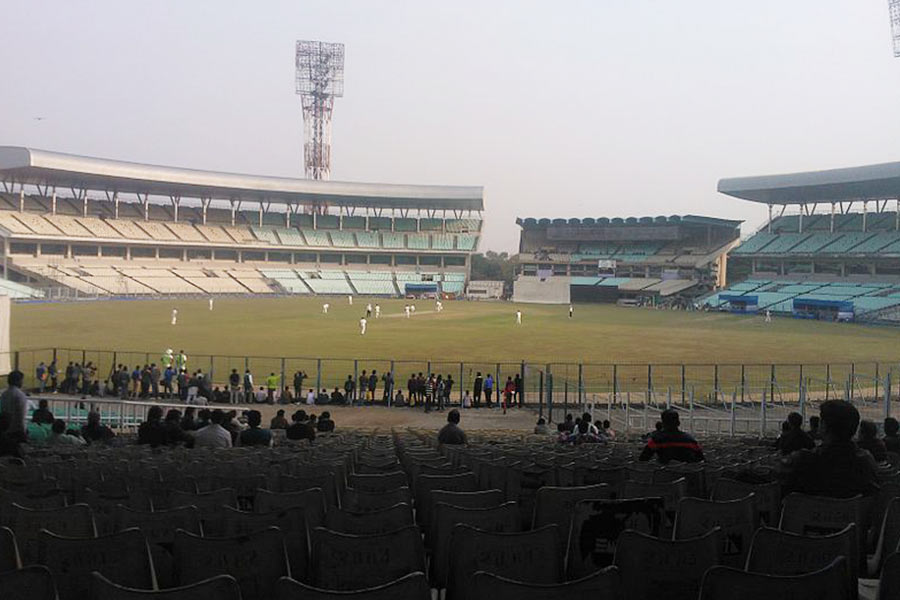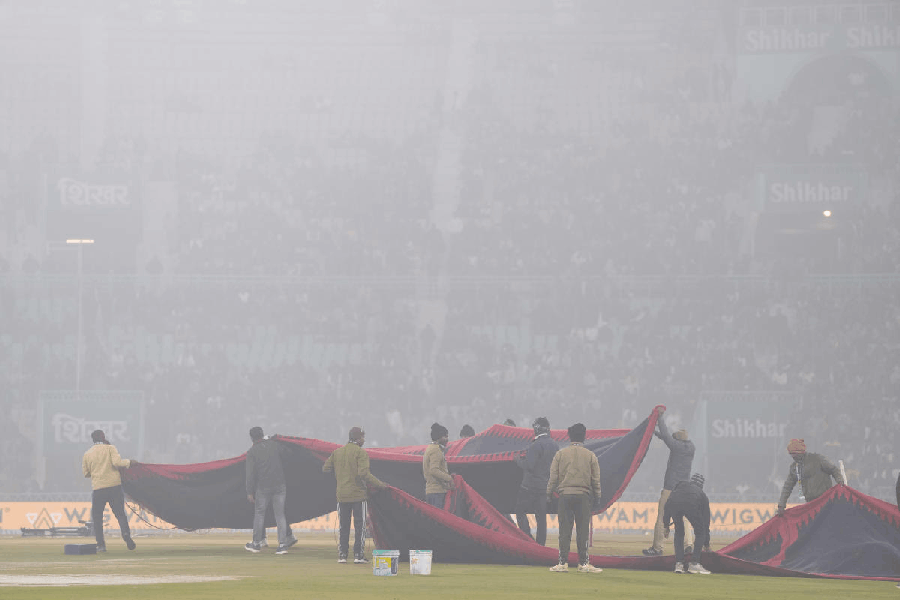 |
Mumbai, July 17: Bankers hate “haircuts” — a financial euphemism used to describe the loan write-offs that banks are compelled to grant defaulting borrowers during an economic slowdown.
But a tonsorial exercise can leave central bankers quite befuddled. Ask Reserve Bank of India governor Duvvuri Subbarao, who has been tearing his hair out over the past three years to find a way to beat down inflation.
But inflation is ruling at 7.25 per cent, stubbornly staying above the RBI’s comfort level of around 5 per cent.
Today, Subbarao let some of his frustration hang out.
“By far the most important statistic for the Reserve Bank is inflation which has traditionally suffered from measurement problems. I must admit that even at a personal level, I do not know how to interpret inflation,” he said.
Subbarao then threw in some statistical tufts. He illustrated how the cost of his haircut climbed even though his hair was thinning. (See graphic above)
“I struggle to determine how much of that is inflation and how much is the premium I pay the barber for the privilege of cutting the governor’s non-existent hair,” he told an Excel sheet of statisticians who had huddled here today for the sixth Statistics Day Conference which is held in honour of the doyen of statisticians, Prof. P. Mahalanobis.
Expectedly, Subbarao’s self-deprecatory comment raised a chuckle but the RBI governor was in no laughing mood.
Subbarao once again ripped into the quality of data thrown up by statisticians in India and their quixotic data collection methods and practices.
The RBI governor said economists and policy makers had received a lot of bashing for the 2008 financial crisis that has badly roiled global economies. There were three main criticisms levelled against the policy wonks: they had helped brew the crisis, they failed to see it coming and they had no idea how to fix it.
“While data gaps may not have caused the crisis, the crisis did reveal several data gaps,” Subbarao said, underlining the fact that the theme for this year’s conference — data gaps and central banks — remained “always valid”.
Subbarao, who studied physics at IITs Kharagpur and Kanpur before going on to become a career bureaucrat after topping the civil services exam in 1972, strayed into the field of economics when he went to Ohio State University for a master’s programme in 1978. He later went to MIT to study quantitative economic modelling.
The governor said economists usually suffered from a “physics envy” which goaded them to build elegant models “using sophisticated mathematics and impressive statistical finesse, deluding themselves and the world at large that their models have more accuracy and predictive power than they actually did”.
While announcing the possible discovery of the God particle — the Higgs boson — European lab CERN had said its level of certainty was 4.9 sigma, implying that physicists had come tantalisingly close to the gold standard of 5 sigma. “We cannot even dream of such precision in statistical estimates of economic variables,” Subbarao said.
Uncertainty was inherent in the field of economics where outcomes are shaped by human behaviour. “I cannot change the mass of an electron by my behaviour. But I can certainly expect to change the price of a derivative by my behaviour,” he added.
The RBI governor, who will hunker down with fellow policy makers on July 31 for the first quarter monetary policy review amid little hope of another rate cut, said one of the biggest challenges was to reconcile the divergent inflation trends thrown up by the wholesale price index (WPI) and the various consumer price indices.
He also threw up the conundrum posed by the concept of core inflation, which is usually estimated by excluding food and energy prices from the basket of goods and services that represents a typical household’s consumption. “In our economy, where food constitutes nearly 50 per cent of the consumption basket and fuel has a weight of 15 per cent, can a measure of inflation that excludes them be called core?”
He said the WPI wasn’t flawless since it did not capture price movement of services, which accounts for almost 60 per cent of gross domestic product (GDP). He said it was therefore “desirable that we move towards developing a Producer Price Index (PPI) that measures the average change over time in the sale prices of domestic goods and services”.
Subbarao challenged the commonly held view that the high interest rate was the sole factor responsible for the investment slowdown in India.
He said the RBI had recently published detailed data that clearly showed that “real lending interest rate today is lower than it was in the high growth period of 2003-08, a period when investment boomed”.
“The increase in the policy rate by the RBI alone cannot explain the investment slowdown. I have asked our economic research department to do a detailed study on the time-series relationship between the real interest rate and investment activity. We expect to put out that report in the public domain in the next couple of months,” he added.










